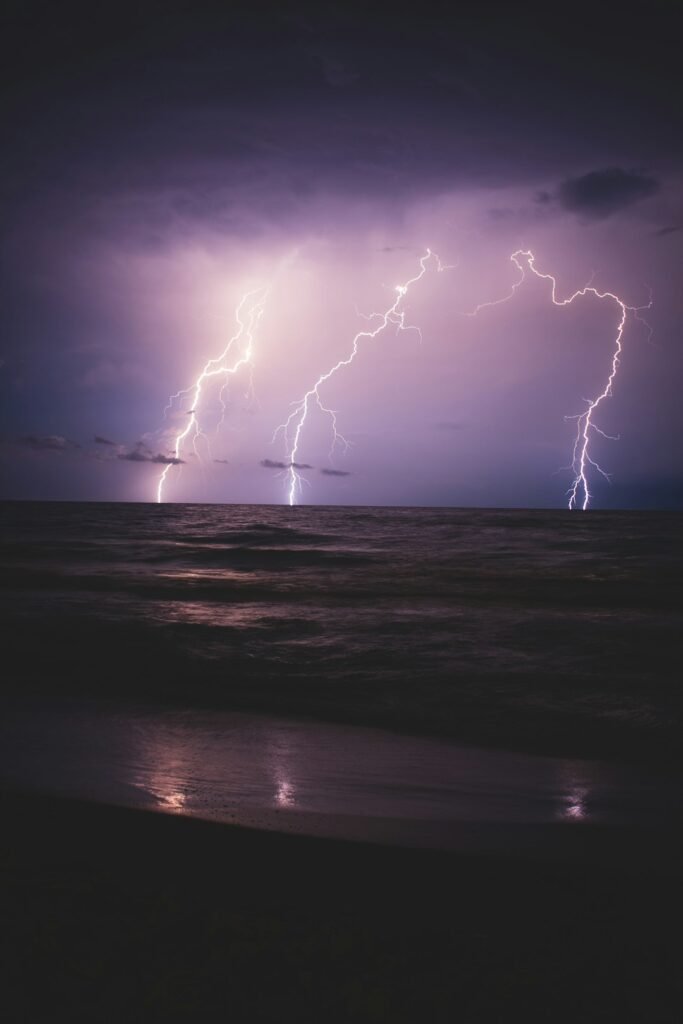When you think about lightning’s power, you might imagine dramatic strikes splitting trees or lighting up the night sky. Yet beneath the surface, this electrical force performs one of nature’s most hidden and spectacular acts of creation. Every single lightning bolt that reaches the ground carries the potential to forge something extraordinary in the depths below.
Picture this: temperatures hotter than the sun’s surface melting sand into perfect glass tubes, creating twisted sculptures that mirror the chaotic path of electricity itself. These underground masterpieces remain buried, waiting decades or even centuries to be discovered. So let’s get started exploring this fascinating phenomenon that transforms ordinary dirt into extraordinary glass.
What Are These Underground Glass Sculptures
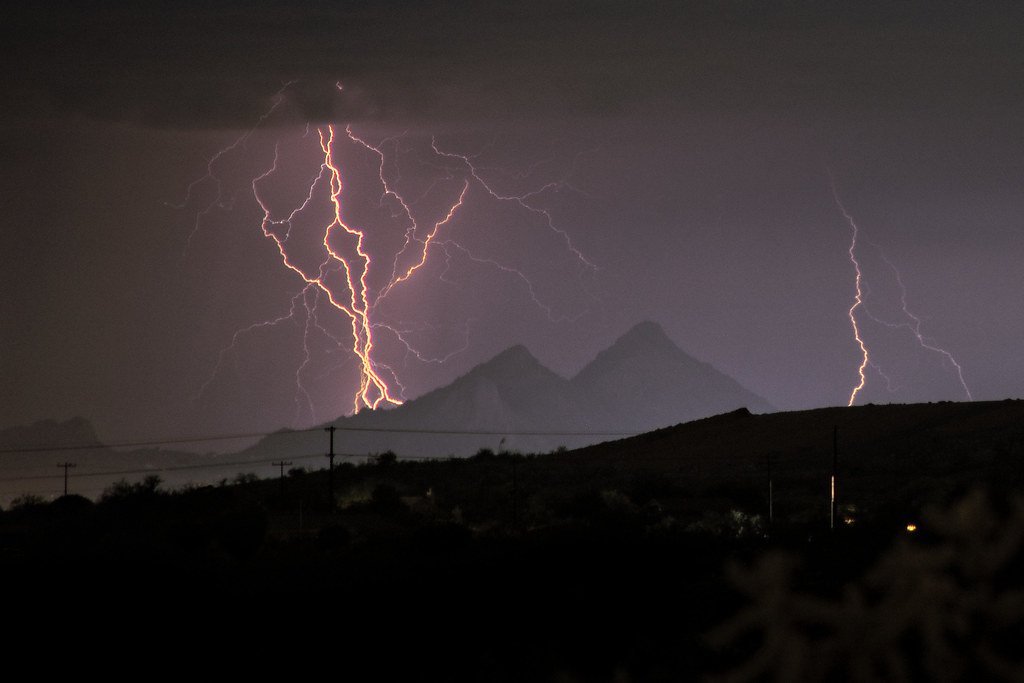
Fulgurites are natural tubes or crusts of glass formed by the fusion of silica sand or rock from a lightning strike. Fulgurites are sometimes referred to as “fossilized lightning”, though they’re much more than simple remnants. These delicate structures capture the exact moment when nature’s most powerful electrical discharge meets the earth.
The primary SiO2 phase in common tube fulgurites is lechatelierite, an amorphous silica glass. Think of them as natural time capsules, preserving not just the lightning’s path but also the intense conditions that existed during that split-second encounter. Their shape mimics the path of the lightning bolt as it disperses into the ground.
Temperatures That Defy Imagination
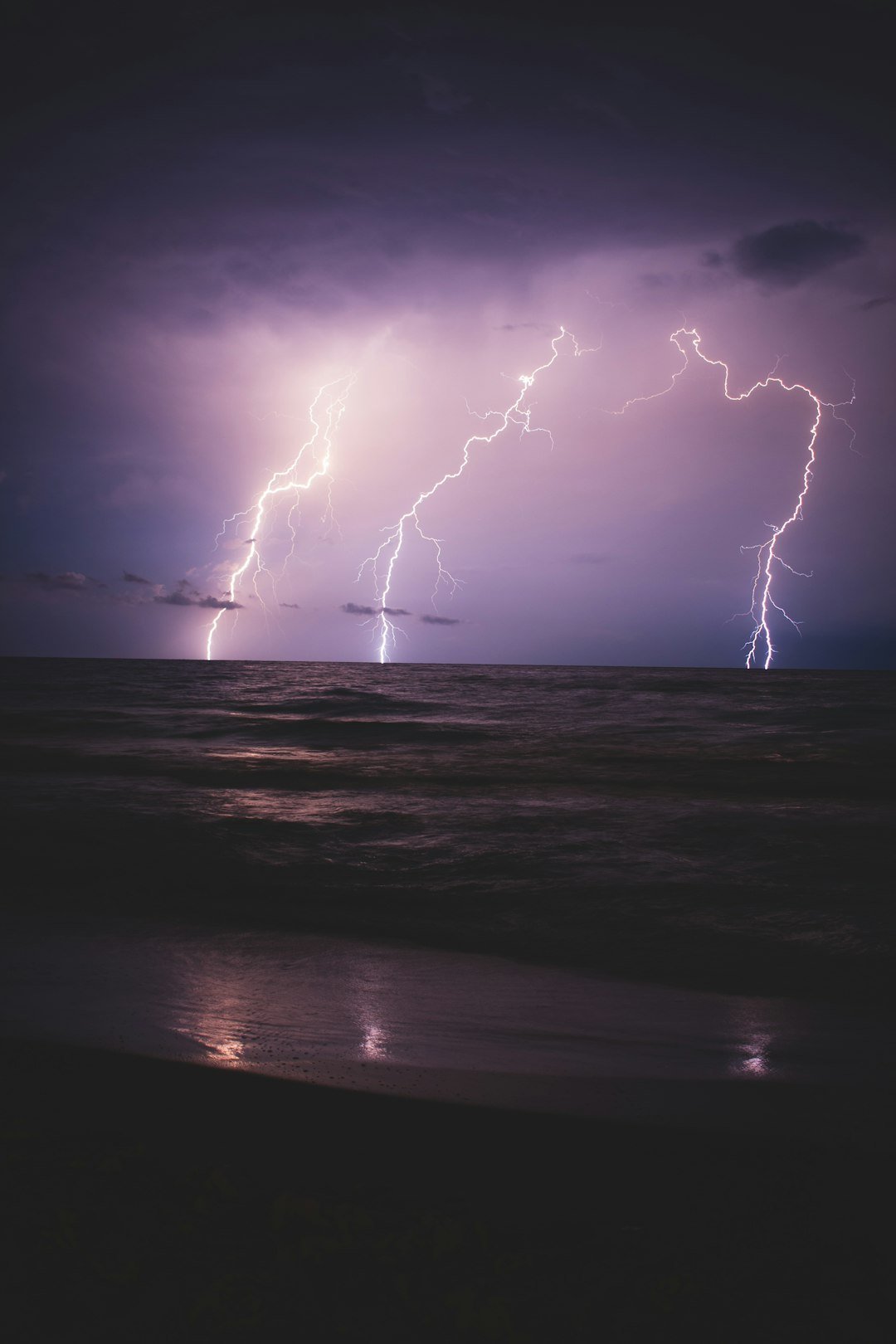
Peak temperatures within a lightning channel exceed 30,000 K, with sufficient pressure to produce planar deformation features in SiO2. To put this in perspective, that’s roughly five times hotter than the surface of our sun. At 50,000 degrees F – hotter than the surface of the sun! – lightning blasts the sand, vaporizing the area where the bolt of electricity shoots through.
A temperature of 1800 degrees Celsius is required to instantaneously melt sand and form a fulgurite (most lightning strikes have a temperature of 2500 degrees Celsius). The heat is so intense that it doesn’t just melt the surrounding material – it completely transforms it. When lightning strikes sandy soil, the air and moisture present in soil are rapidly heated, and the resultant explosion-like expansion forms the central tubular void.
The Underground Formation Process

The intense heat produced by the lightning bolt, which can reach temperatures exceeding 30,000 degrees Celsius (54,000 degrees Fahrenheit), instantaneously vaporizes and melts the surrounding soil or sand. However, this isn’t just about melting – it’s about rapid transformation under extreme pressure.
As stated before, quartz sand melts at a temperature of about 1600-2000 degrees C depending on moisture content, and molten glass is pushed to the periphery of the void. Subsequent relatively rapid cooling causes the glass to solidify. The entire process happens in roughly one second, creating these underground masterpieces faster than you can blink.
The cooling happens so quickly that the glass molecules don’t have time to organize themselves into crystals. Because the cooling happens so rapidly, the molecules in the glass don’t have time to align in an orderly structure, resulting in the clear, amorphous texture of fulgurites.
Discovering Nature’s Hidden Art
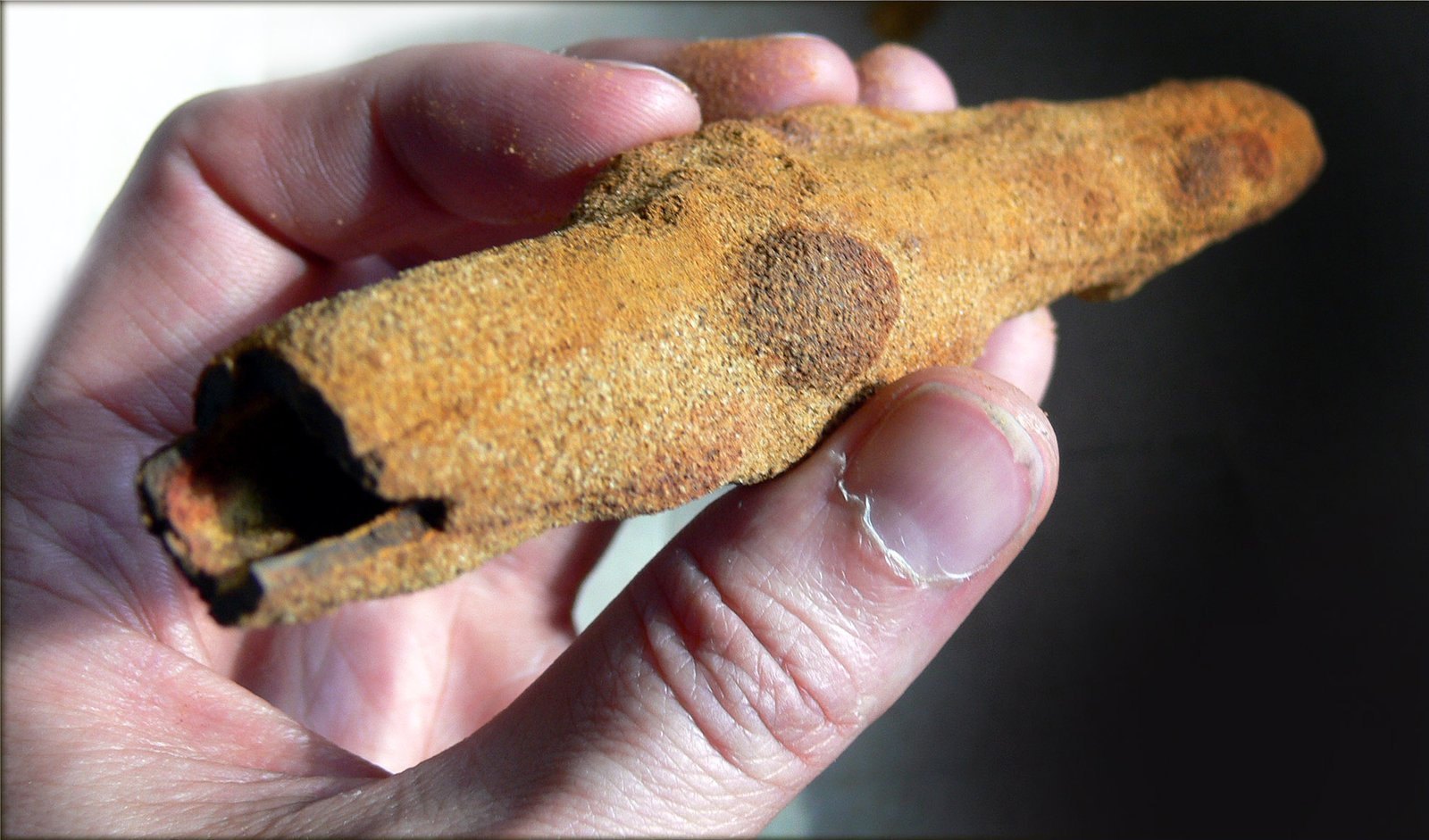
Most people have never seen a fulgurite, and many that have probably did not realize what it was at the time. The earliest discovery of a fulgurite was reportedly made in 1706 by Pastor David Hermann in Germany. Yet these formations existed long before humans walked the earth.
Other famous natural scientists, among them Charles Darwin, Horace Bénédict de Saussure and Alexander von Humboldt gave attention to fulgurites, among whom only Darwin noted a connection to lightning. In 1805 the true process of forming fulgurites by lightning strikes to the ground was identified by agriculturist Hentzen and mineralogist and mining engineer Johann Karl Wilhelm Voigt.
What’s fascinating is how long it took science to understand these formations. Over the following centuries fulgurites have been described but misinterpreted as a result of subterrestrial fires, falsely attributing curative powers to them. People found these strange glass tubes but couldn’t explain their origin.
Underground Depths and Massive Sizes
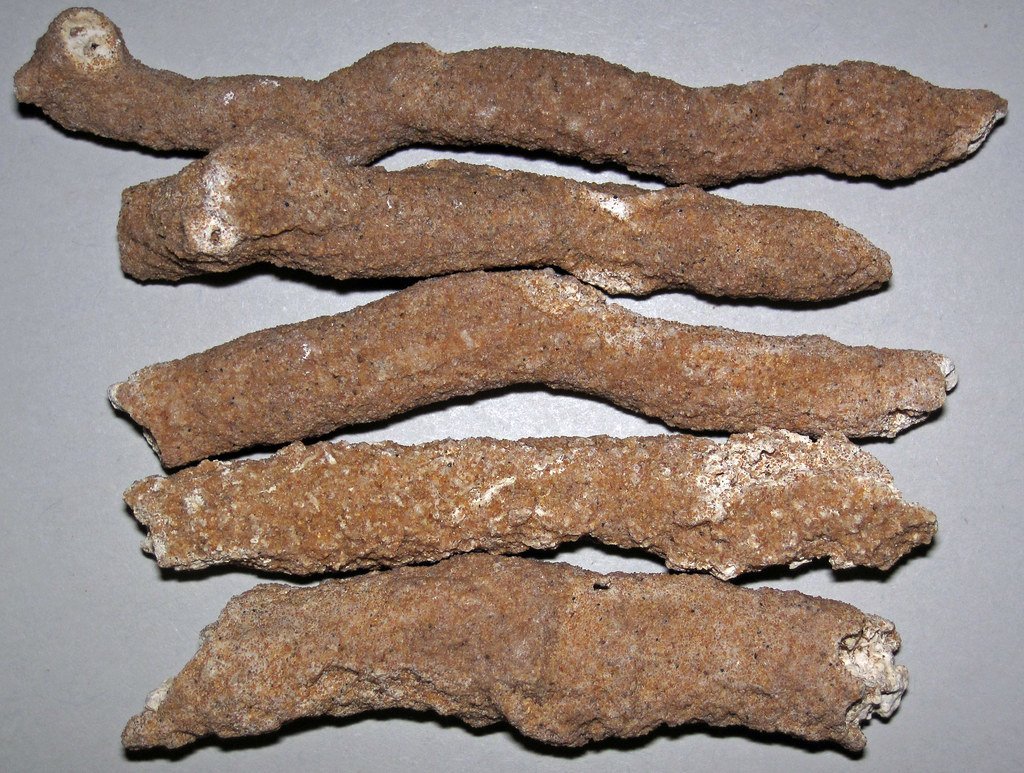
Fulgurites can exceed 20 centimeters in diameter and can penetrate deep into the subsoil, sometimes occurring as far as 15 m (49 ft) below the surface that was struck. Imagine digging down nearly fifty feet and still finding evidence of a single lightning strike. Fulgurites can have deep penetrations, sometimes occurring as far as 15 metres (49 ft) below the surface that was struck.
The longest fulgurite to have been found is approximately 5.2 m (17 ft) in length, and was found in northern Florida, USA. Museums display notable fulgurite specimens, with some of the longer examples reaching several meters in length. These aren’t tiny glass beads – they’re substantial underground sculptures created by nature’s electrical artistry.
The Perfect Conditions for Glass Creation
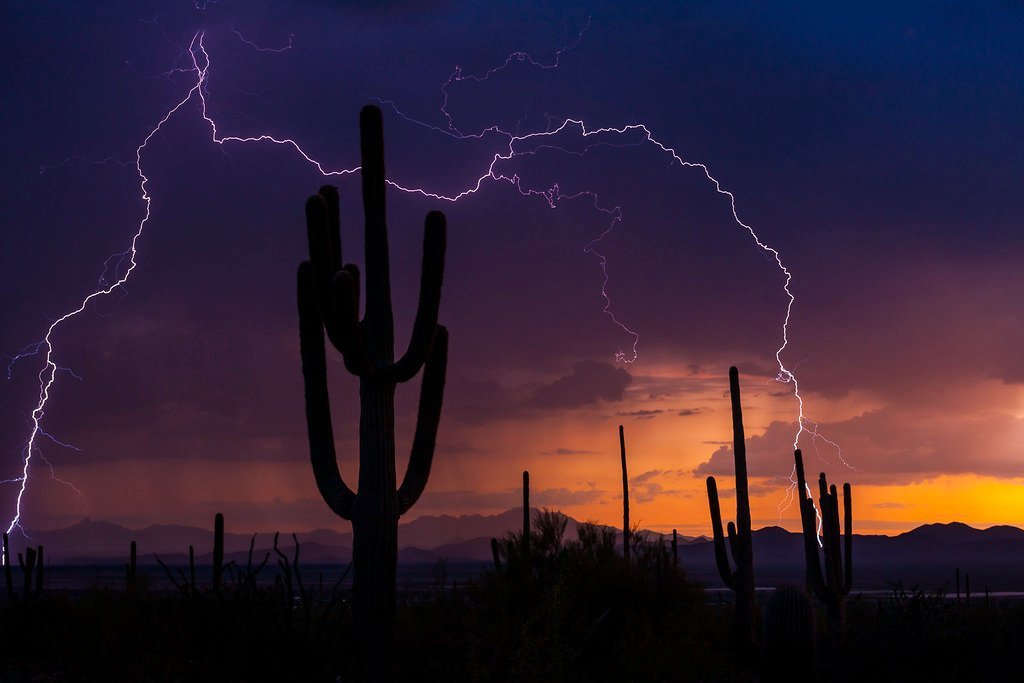
The soil must be rich in silica, like quartz sand or sandy clay, for the glass to form. Not every lightning strike creates these underground treasures. A general condition for sand fulgurite formation appears to be the presence of a relatively dry dielectric such as quartz sand overlying a more conducting soil layer or the ground water table.
Moisture in the ground can also help the process by conducting electricity and allowing more of the lightning’s energy to spread underground. It’s a delicate balance – too much moisture prevents formation, too little doesn’t conduct the electricity effectively. Sand fulgurites are the most common and are generally found in beach or desert regions containing clean (free of fine-grained silt or clay), dry sand.
The lightning must be powerful enough to generate the necessary heat but not so diffuse that it loses intensity. The strike must be powerful enough to melt the sand, but not so diffuse that it loses its intense heat. As a result, fulgurites are more likely to form in deserts, beaches, or other places with loose, dry, silicate-rich soils.
Different Types of Underground Glass
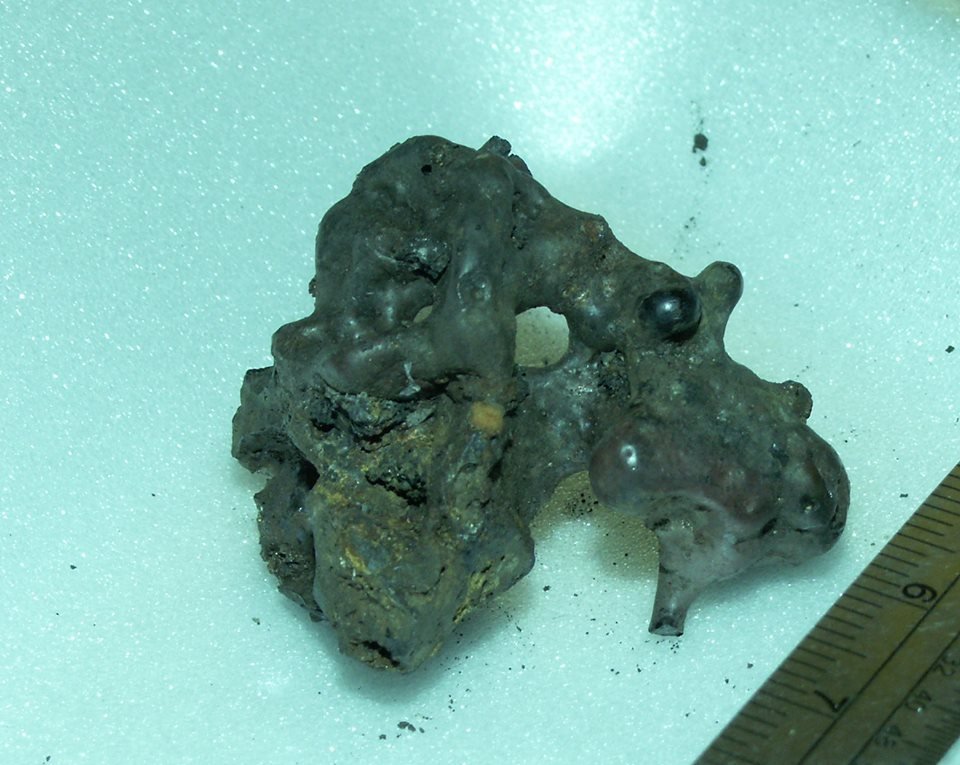
Two types of fulgurites have been recognized: sand and rock fulgurites. All fulgurites can be divided in two classes: sand fulgurites and rock fulgurites. Sand fulgurites are usually hollow, glass-lined tubes with sand adhering to the outside. Rock fulgurites are formed when lightning strikes the bare surface of rocks.
Sand fulgurites are the most common variety. They resemble roots or branching tube-like structures that have a rough surface, covered with partially melted sand grains. Sand fulgurite tubes have a glassy interior, due to rapid cooling and solidification of the sand after the lightning strike. The outside typically is rough and the inside is smooth. When you find fulgurites, they can be shaped like tree roots and trace the zigzag path of the lighting bolt that led to its creation.
Rock fulgurites tell a different story. Coatings or crusts of glass formed on rocks from a lightning strike are called rock fulgurites. These fulgurites are found as veins or branching channels on a rock surface or lining preexisting fractures within the host rock.
Where Lightning Leaves Its Underground Signature
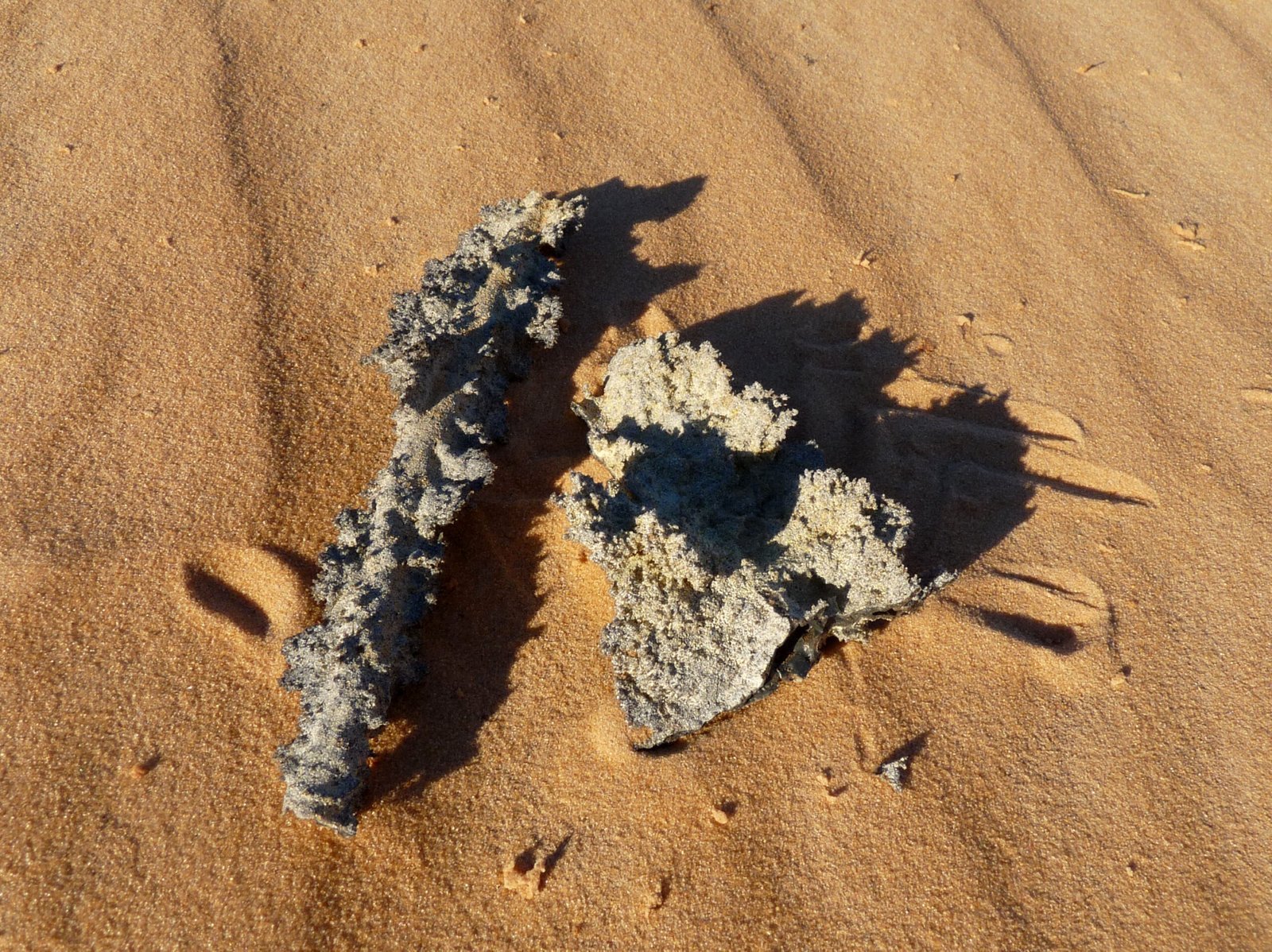
Fulgurites have been found worldwide, but are relatively rare. While fulgurites can theoretically form anywhere there is sand and lightning, they are most commonly found in places with frequent thunderstorms and sandy soil, such as beaches, deserts, and sand dunes. Florida, known for its high frequency of lightning strikes, is a hotspot for fulgurite hunters.
The Sahara Desert, Namib Desert, and deserts of the southwestern United States are known to have yielded numerous fulgurites. In South America, the Atacama Desert in Chile, one of the driest places on Earth, produces well-preserved fulgurites thanks to its arid conditions and high rates of lightning strikes. Beaches and sandy areas along coastlines worldwide, where lightning is common, can also yield smaller fulgurites embedded in beach sand.
Mountain peaks serve as natural lightning rods. Mountain peaks are natural lightning rods that are repeatedly blasted by lightning strikes during severe weather. Rock fulgurites can be found throughout many of the mountain ranges of the world, including the French Alps (Mont Blanc), Pyrenees Range, and western U.S. mountains such as the Sierra Nevada, volcanic peaks of the Cascade Range, Rocky Mountains, and Utah’s Wasatch Range.
The Extreme Materials Found Underground
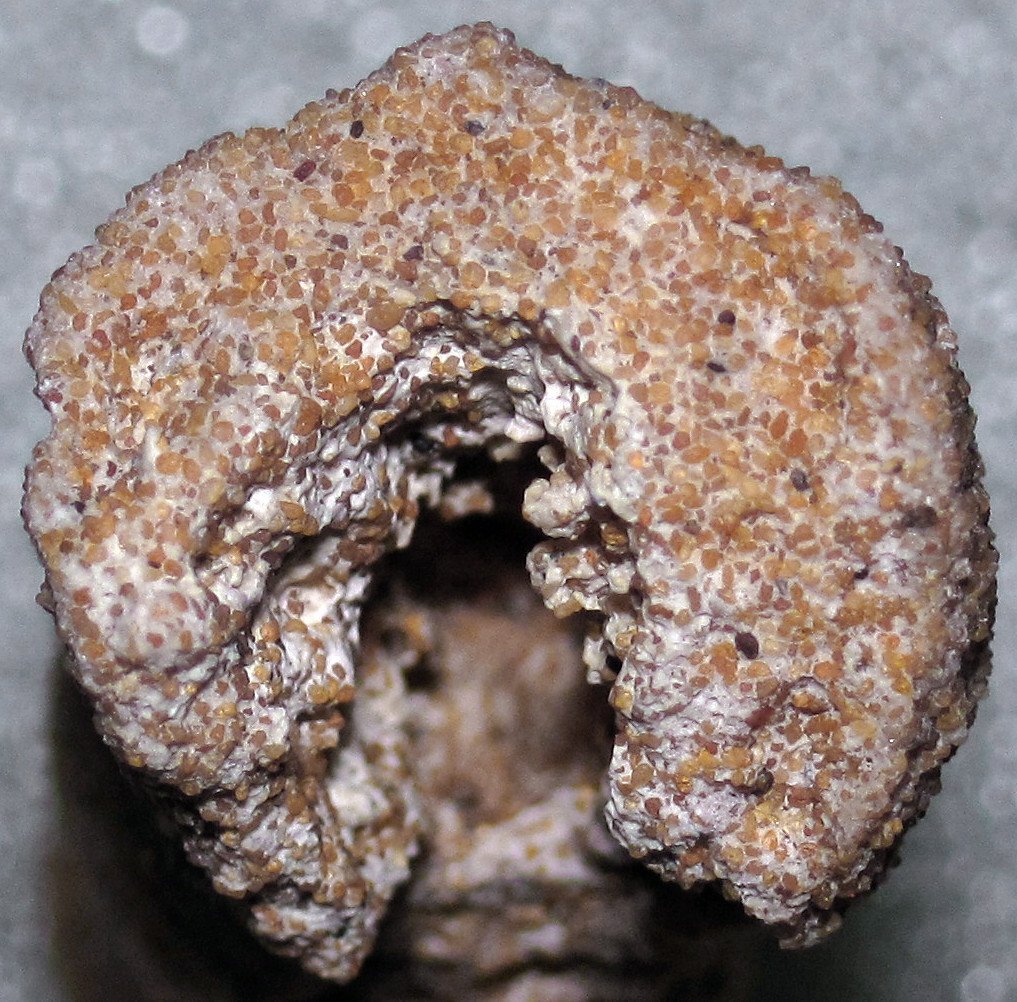
Many high-pressure, high-temperature materials have been observed in fulgurites. Many of these minerals and compounds are also known to be formed in extreme environments such as nuclear weapon tests, hypervelocity impacts, and interstellar space. These underground glass formations contain materials you’d normally only find in the most extreme conditions on Earth.
Other materials, including highly reduced silicon-metal alloys (silicides), the fullerene allotropes C60 (buckminsterfullerenes) and C70, as well as high-pressure polymorphs of SiO2, have since been identified in fulgurites. Reduced phosphides have been identified in fulgurites, in the form of schreibersite (Fe3P and (Fe,Ni)3P), and titanium(III) phosphide. These reduced compounds are otherwise rare on Earth due to the presence of oxygen in Earth’s atmosphere, which creates oxidizing surface conditions.
Think about that for a moment – lightning creates materials underground that are typically found only in meteorites or nuclear explosions. Shocked quartz was first described in fulgurites in 1980, revealing just how violent these underground transformations really are.
Lightning truly through one of nature’s most spectacular and hidden processes. From temperatures exceeding the sun’s surface to the formation of materials normally found only in space, these underground sculptures represent some of the most extreme conditions our planet naturally produces. The next time you see a lightning storm, remember that beneath the surface, nature might be crafting its next underground masterpiece – a twisted glass sculpture that could remain hidden for centuries, waiting for someone to discover this frozen moment of electrical fury. What would you think if you stumbled upon one of these natural glass treasures during your next outdoor adventure?

Hi, I’m Andrew, and I come from India. Experienced content specialist with a passion for writing. My forte includes health and wellness, Travel, Animals, and Nature. A nature nomad, I am obsessed with mountains and love high-altitude trekking. I have been on several Himalayan treks in India including the Everest Base Camp in Nepal, a profound experience.

